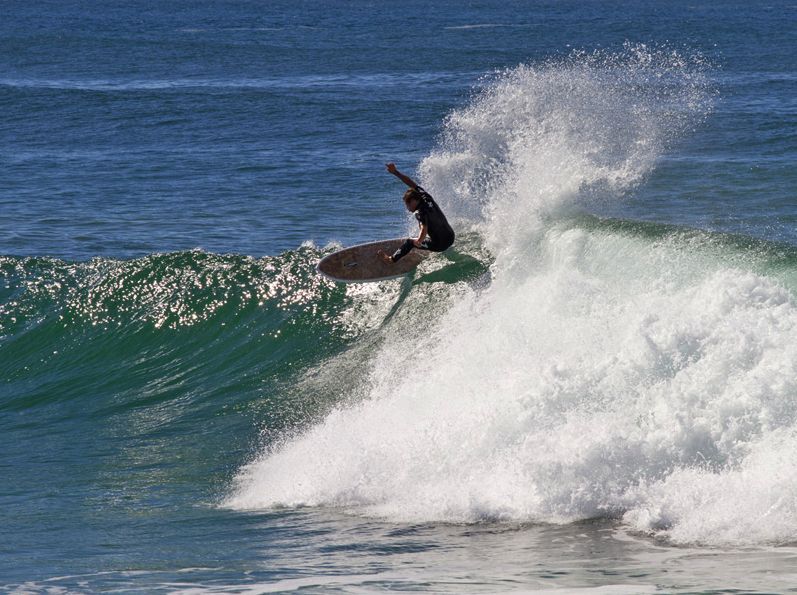A carbon fiber surfboard? Well yeah, you could buy one of those, but ... if that board is intended for use somewhere warm and sunny, then coconut husk fibers would be way more appropriate! As it turns out, they also offer an unmatched strength-to-weight ratio, they come from a natural and renewable source, and require less toxic epoxy resin in their construction. That’s why they’re used in Global Surf Industries’ line of Coco Mat surfboards and paddleboards.
The fibers come from self-sustaining crops of coconut trees, located near the Australian company's manufacturing facilities. Describes as “random discontinuous” fibers, they reportedly require minimal processing.
The boards themselves have the traditional EPS foam core, encased in an inner and outer coating of fiberglass. Sandwiched between those two fiberglass layers, however, is a layer of the coconut fibers. Epoxy is injected into all three layers to bond everything together. Because the coconut fibers absorb less epoxy than materials such as carbon fiber or fiberglass, less of the noxious liquid is needed, plus the finished board isn’t as heavy.

According to the company, the boards are among the lightest and strongest on the market, and offer “a responsive, fluid ride with great flex characteristics.”
The Coco Mat surfboards and paddleboards are sold under the NSP brand name, and are available in a variety of models and sizes. Prices range from US$365 for the Coco Mat Fish surfboard, to $1,570 for the Coco Mat SUP (stand-up paddleboard).
Coconut fibers could also find use in a light-but-strong renewable-source plastic, which is currently being developed in Brazil.
Source: Global Surf Industries via Popular Science






